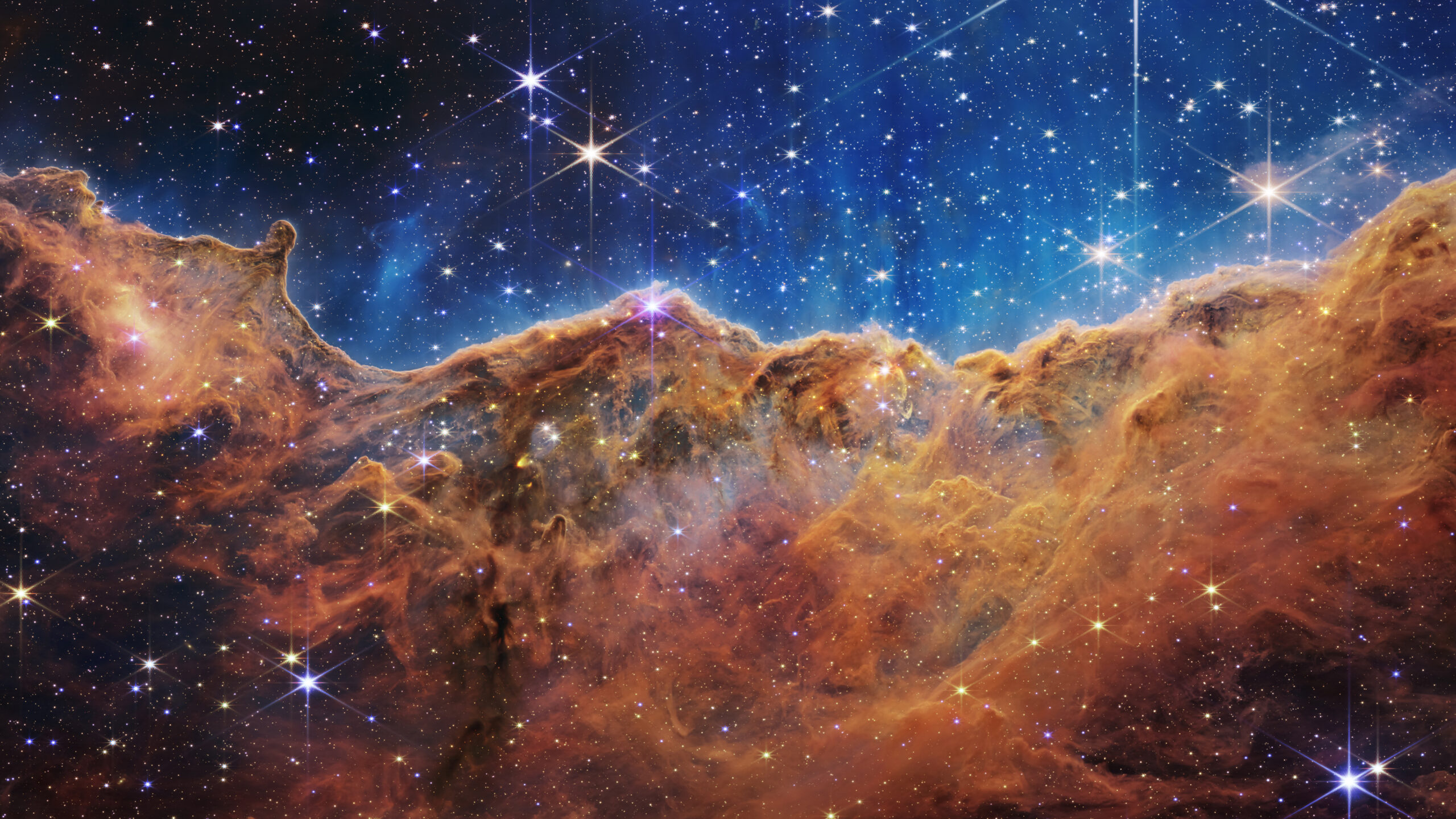Like most everyone else on the planet with an internet connection, I was absolutely stunned by the first five images from the James Webb Space Telescope that NASA revealed to the world on July 12. These infrared images of the deep universe revealed a marvelous landscape of stars, nebulae, galaxies, and countless other bizarre and wonderful cosmic phenomena.
I was particularly taken aback by the gorgeous “Cosmic Cliffs,” which is an image of the Carina Nebula, a momentous expanse of hydrogen gas that has been shaped by streams of charged particles called “stellar winds” into beguiling forms reminiscent of terrestrial geography against a backdrop of countless shining stars.
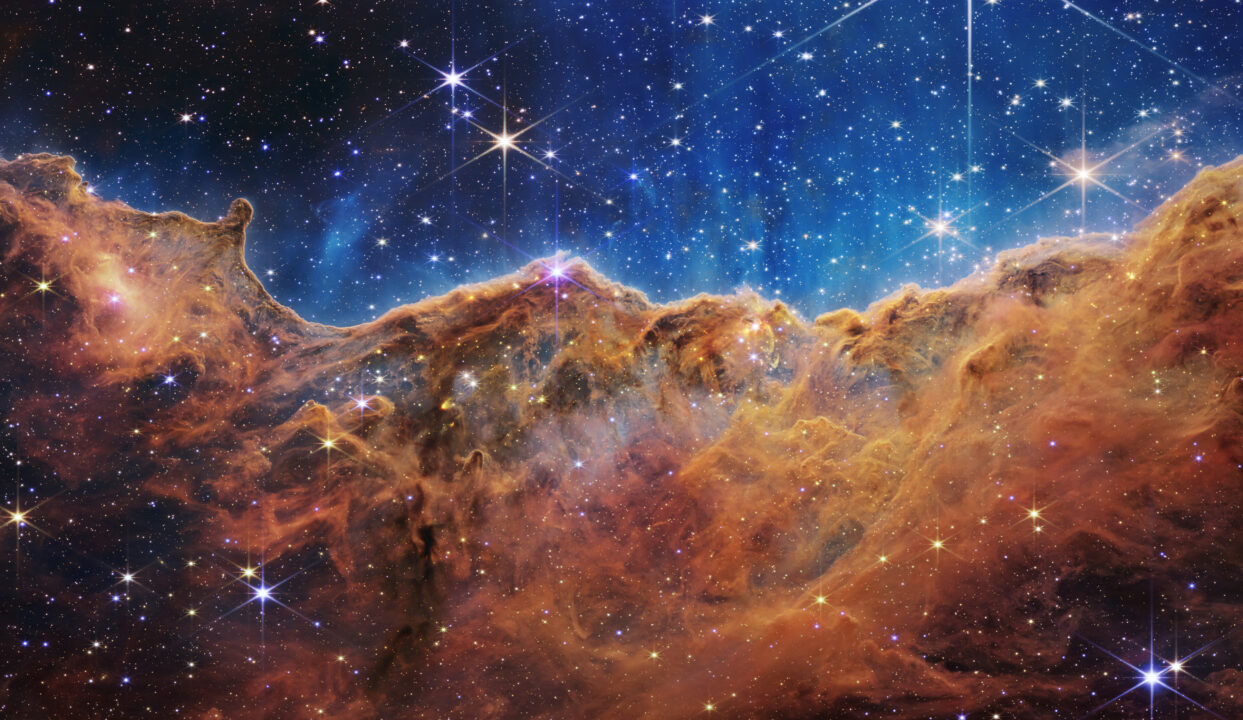
The breathtaking beauty silently but powerfully communicated by these incredible images brought to mind the enduring words of the Psalmist:
“The heavens are telling the glory of God;
Psalm 19:1-4
and the firmament proclaims his handiwork.
Day to day pours forth speech,
and night to night declares knowledge.
There is no speech, nor are there words;
their voice is not heard,
yet their voice goes out through all the earth,
and their words to the end of the world.”
I concur with a recent statement by Vatican astronomer Br. Guy Consolmagno, who writes, “the science enabled by this telescope is our attempt to use our God-given intelligence to understand the logic of the universe. The universe wouldn’t work if it weren’t logical. But as the Webb images show, the universe is not only logical, it is also beautiful. This is God’s creation being revealed to us, and in it we can see both His astonishing power and his love of beauty.”
This is not a novel intuition reliant on space telescopes and supercomputers; it is as old as humanity itself. St. Paul famously proclaimed that God has been speaking to mankind throughout history using the book of nature: “Ever since the creation of the world his invisible nature, namely, his eternal power and deity, has been clearly perceived in the things that have been made” (Romans 1:20).
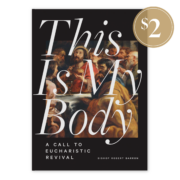
God endowed mankind with the insatiable desire for knowledge and the incredible gifts of intelligence and ingenuity to create devices that will reveal the wonders of creation to us. Despite all the sin and strife which disfigures our planet, the twenty-first century is still an extraordinary time to be alive, as astronomers uncover secrets completely unknowable to the untold generations that came before us. We can expect the James Webb space telescope to play a significant role in this cosmic unveiling for years to come.
Yet, despite all the impressive advances in human knowledge over the last few centuries, the universe remains full of delightful enigmas and inscrutable mysteries. This alone should be cause not for technocratic triumphalism but for profound humility.
I recently wrote that every human being has cosmic significance. God created this vast and astonishing universe not only as an expression of his creative omnipotence, but also so that he could have a personal relationship with you and with every other person. It’s a staggering and humbling thought! Some might dismiss such a worldview as naively anthropocentric. I disagree; it’s fundamentally theocentric. God is love (cf. 1 John 4:16), and he created the cosmos out of love in order to give life to creatures he could love and who could freely choose to love him in return. Love is the fundamental law of the universe, far more than any physical law of electromagnetism, gravity, or entropy.
The French Jesuit and paleoanthropologist Pierre Teilhard de Chardin envisioned creation as a dynamic, ongoing process. He speculated that everything in the universe was evolving towards an ultimate unification, a dramatic and final climax he called the “Omega Point.” Teilhard’s particular ideas about progressive evolution might have been mistaken, but certainly Scripture reveals to us that at the eschaton when Christ returns in glory and history arrives at its consummation, he will draw all things to himself and “make all things new” (Revelation 21:5).
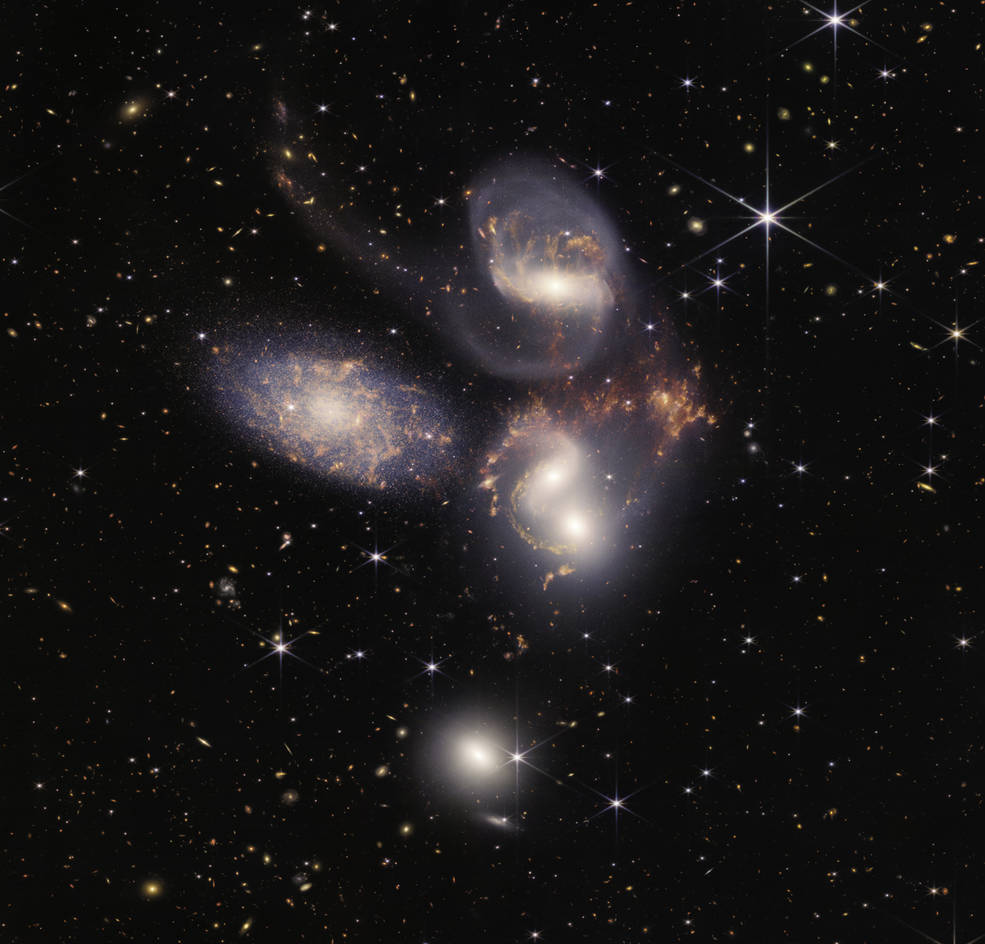
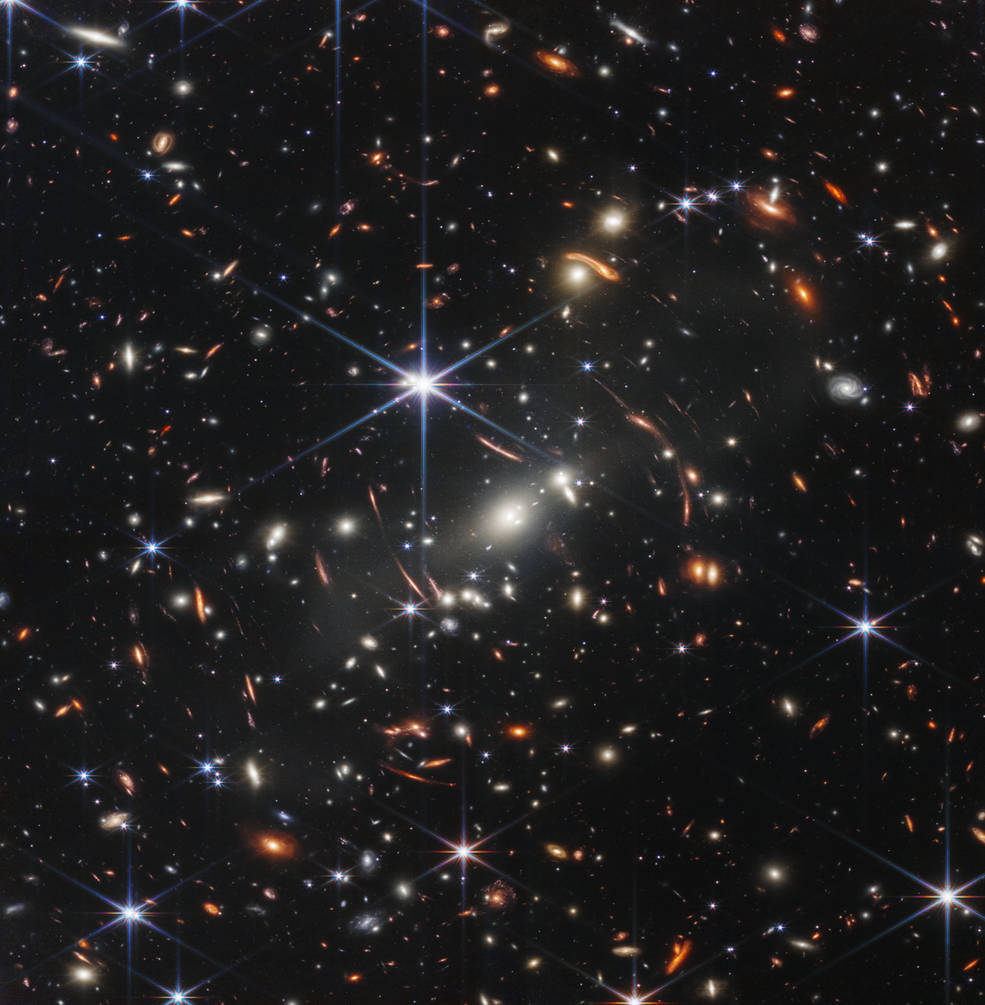
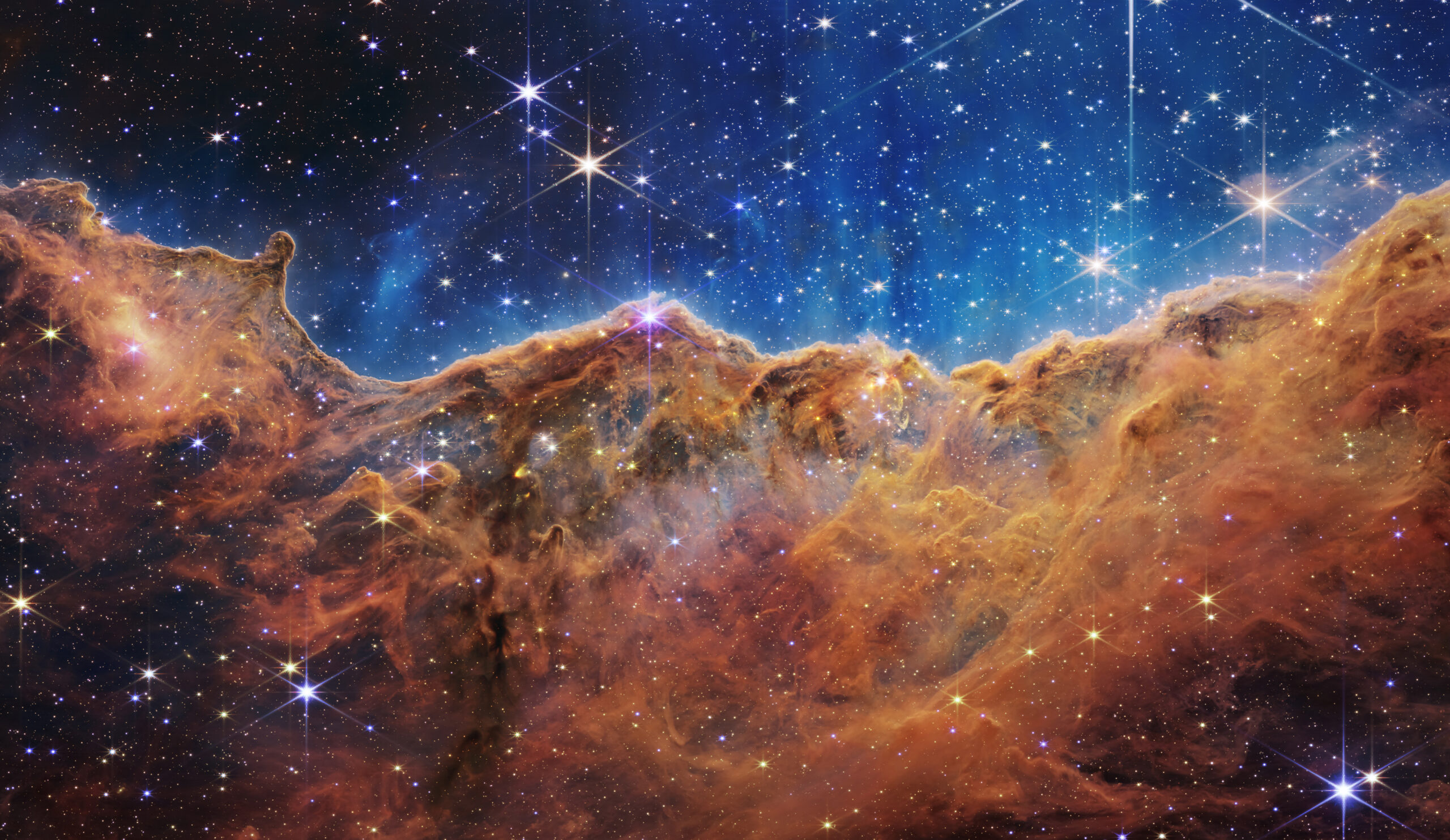
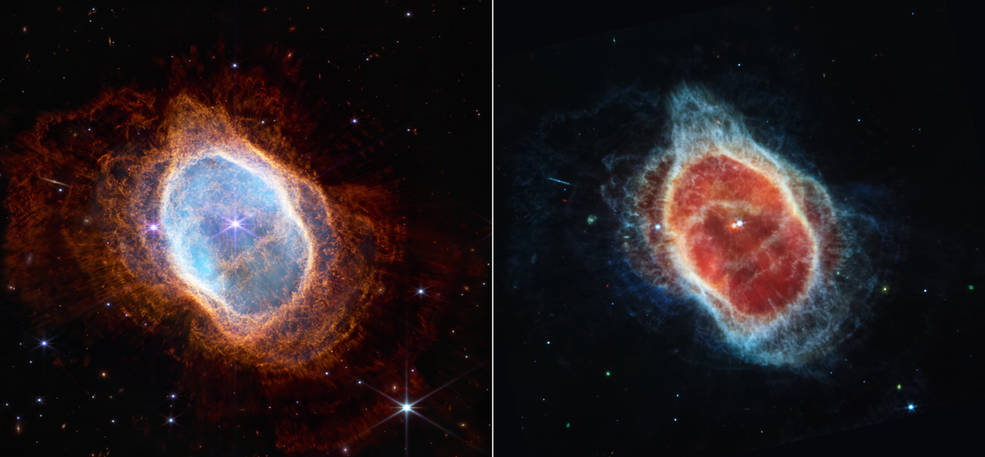
For all of its awe-inspiring natural beauty, the universe we inhabit is imperfect and is indeed subject to entropy. All things will eventually pass away, but as Christians, we are sustained by our hope that the God who is love will renew creation in the fullness of time. Br. Consolmagno reflects that the Webb images are icons of cosmic beauty, representing “a necessary food for the human spirit and a reminder that we do not live by bread alone.”
The soul hungers for the Bread of Life, for God, a longing that nothing in the universe can satisfy. As C.S. Lewis writes in his celebrated book Mere Christianity, the most likely explanation for this mysterious yearning we all feel is that we are “made for another world.” Our true homeland, our patria as the Romans would call it, is beyond the confines of this space-time continuum. Lewis was convinced that his task (and the task of every Christian) is to “keep alive in myself the desire for my true country, which I shall not find till death.”
Scripture only hints at the unfathomable wonders to come in the new creation when all things will be raised up and perfected in Christ, and the universe “will be set free from its bondage to decay and obtain the glorious liberty of the children of God” (Romans 8:21). Until that glorious day, we can take solace and joy in the wondrous temporal beauty unveiled to us by tools like the Webb telescope. And with the Psalmist we can praise the Lord, for “the heavens proclaim his righteousness; and all the peoples behold his glory” (Psalm 97:8).

